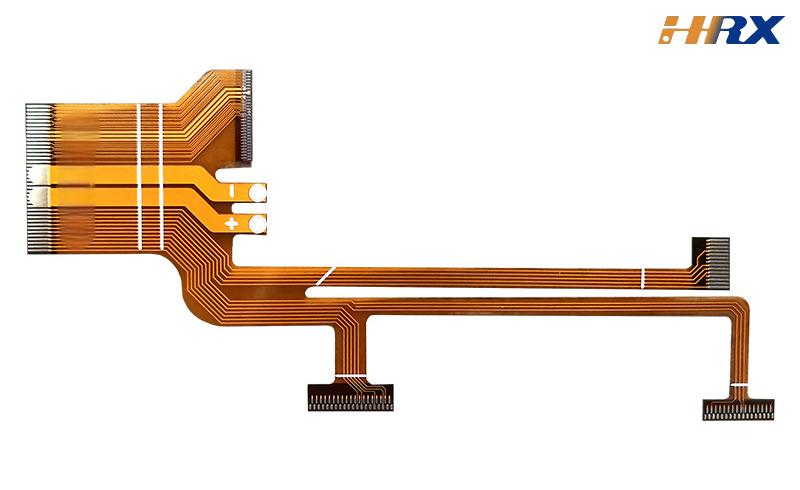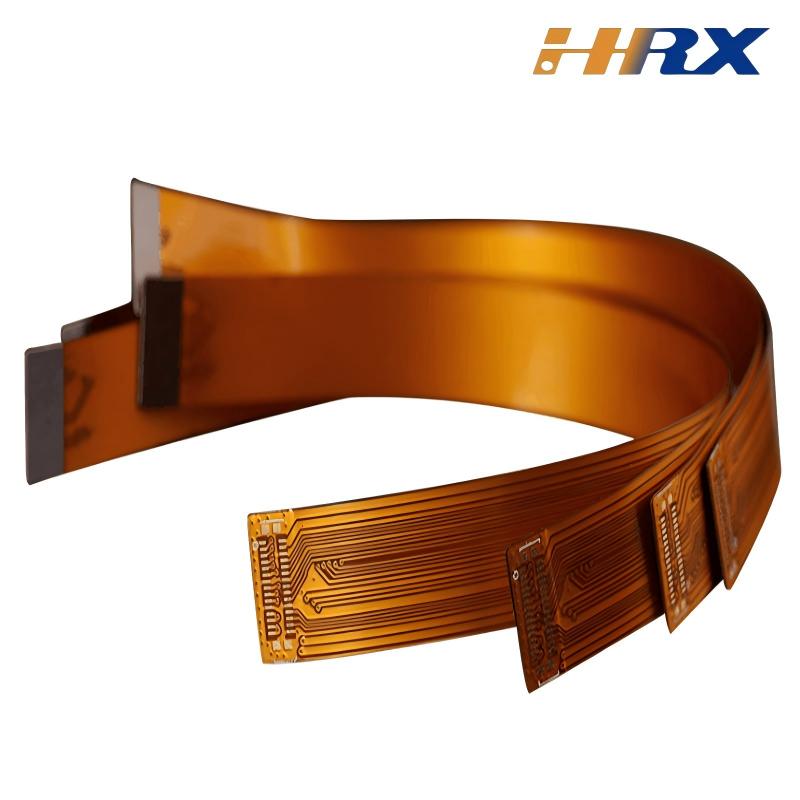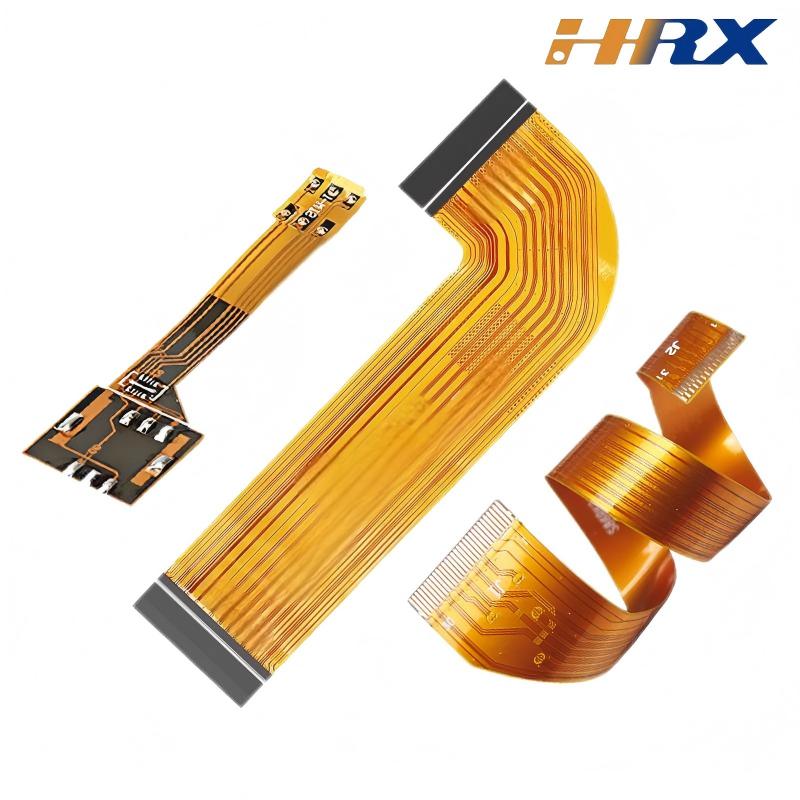Search
IEC vs IPC Standards in FPC Applications for New Energy Power Systems: Huaruixin's Expertise
- Aug 18,2025
-
Share
In the rapidly evolving landscape of new energy power systems, Flexible Printed Circuits (FPCs) serve as critical interconnect solutions, enabling compact designs, reliable performance, and efficient energy transfer. However, their application is governed by two key standards: IEC (International Electrotechnical Commission) and IPC (Association Connecting Electronics Industries). Understanding their differences is pivotal for manufacturers aiming to deliver high-quality FPCs for new energy applications. As a leading global FPC&PCB&Rigid-Flex Printed Board ODM/OEM manufacturer, Shenzhen Huaruixin Electronics Co., Ltd. navigates these standards while addressing industry trends to offer unique value.

Key Differences Between IEC and IPC Standards in New Energy FPC Applications
1. Scope and Technical Focus
IEC Standards are globally recognized for their broad coverage of electrical safety, electromagnetic compatibility (EMC), and environmental resilience—critical for new energy power systems operating in harsh conditions. For FPCs, IEC emphasizes foundational requirements such as insulation resistance, dielectric strength, and compliance with high-voltage safety norms (e.g., IEC 61010 for electrical equipment safety). These standards ensure FPCs in solar inverters, energy storage systems, and EV power modules meet cross-border safety benchmarks.
IPC Standards, by contrast, are industry-specific, focusing on FPC design, fabrication, and assembly precision. Standards like IPC-6013 (Qualification and Performance Specification for Flexible Printed Boards) and IPC-4202 (Specification for Flexible Base Dielectrics) detail parameters such as trace width/spacing, copper thickness, and solder mask adhesion—vital for high-density interconnect (HDI) FPCs in compact new energy power electronics. IPC-A-610 (Acceptability of Electronic Assemblies) further defines class-specific criteria (Class 3 for mission-critical applications) to ensure long-term reliability.
2. Detail Level and Implementation
IEC standards provide overarching principles, leaving manufacturers to define processes for compliance. For example, IEC 60068 (Environmental Testing) specifies temperature cycling ranges for FPCs in new energy systems but not the exact material selection or lamination techniques.
IPC standards, however, offer granular guidance. IPC-2223 (Design Standard for Flexible Printed Boards) outlines dynamic flex requirements for FPCs in vibrating EV components, specifying minimum flexural endurance cycles and conductor fatigue limits. This level of detail streamlines manufacturing workflows, ensuring consistency in FPCs used in new energy power conversion units.
3. Adaptability to Technological Shifts
New energy technology evolves rapidly, demanding FPCs with enhanced thermal conductivity, higher current-carrying capacity, and thinner profiles. IEC standards, due to their multinational consensus-driven development, update more slowly, requiring manufacturers to balance compliance with innovation.
IPC standards, by contrast, adapt swiftly to industry needs. Recent updates to IPC-6013 now include guidelines for FPCs using graphene-enhanced substrates and laser-drilled microvias—key for high-power density new energy applications. This agility makes IPC standards a go-to reference for cutting-edge FPC design.
Huaruixin’s Strategy: Navigating Standards and Leading Trends
As a professional FPC&PCB manufacturer with large-scale production capabilities, Huaruixin addresses industry challenges through a proactive, standards-aligned approach.
1. Dual Compliance for New Energy Reliability
Huaruixin designs FPCs that meet both IEC and IPC standards, ensuring versatility across global markets. For example, FPCs for solar power inverters comply with IEC 62108 (Safety of power converters for photovoltaic systems) for EMC and IPC-6013 Class 3 for HDI trace precision. This dual compliance is achieved through:
Advanced Material Sourcing: Using IPC-4202-certified polyimide substrates with UL 94 V-0 flame resistance, ideal for high-temperature new energy environments.
Precision Manufacturing: Employing automated laser routing for trace widths as low as 50μm, meeting IPC-2223 design rules for high-current FPCs in EV battery management systems.
2. Innovating for New Energy Trends
The new energy market demands FPCs that support higher voltages, faster charging, and miniaturization. Huaruixin responds with:
Thermal Management Solutions: Developing FPCs with embedded heat sinks and copper-inlaid traces to enhance heat dissipation—critical for 800V EV power modules.
Dynamic Flex Optimization: Engineering FPCs with reinforced flex zones (per IPC-2223) for durability in oscillating wind turbine sensors and EV powertrain components.
Sustainability Focus: Producing RoHS-compliant, halogen-free FPCs to align with global new energy sustainability mandates.
3. Unique Advantages: From Design to Delivery
Huaruixin’s edge lies in its integration of ODM expertise and large-scale manufacturing:
Custom Design Engineering: In-house teams use AI-driven layout tools to optimize FPC trace routing for new energy power efficiency, ensuring compliance with IPC design standards while meeting unique customer specs.
Quality Assurance: Implementing IPC-A-610 Class 3 inspection protocols with automated optical inspection (AOI) and X-ray testing to verify solder joint integrity in HDI FPCs.
Rapid Turnaround: A 50,000㎡ manufacturing base with 24/7 production lines enables mass production of high-reliability FPCs with lead times as short as 7 days—critical for fast-paced new energy project timelines.
Partner with Huaruixin for New Energy FPC Solutions
Whether you need FPCs for solar inverters, EV power systems, or energy storage modules, Huaruixin delivers standards-compliant, innovative solutions tailored to your needs. Our expertise in IEC/IPC compliance, coupled with advanced manufacturing capabilities, ensures your new energy projects benefit from reliable, high-performance FPCs.
Ready to elevate your new energy FPC project?
Visit our website: www.hrxfpc.com for industry insights and product details.
Email us at sales@hrxfpc.com to discuss your requirements—our engineers are ready to collaborate on custom solutions.
Join leading new energy innovators by partnering with Huaruixin—where precision, compliance, and innovation meet.

Let’s talk! We’ll provide the perfect solution for you!
-
 Huaruixin Electronics mainly produces printed circuit boards as the core business, to provide customers with one-stop solutions for FPC/PCB production, components sourcing and Assembly.
Huaruixin Electronics mainly produces printed circuit boards as the core business, to provide customers with one-stop solutions for FPC/PCB production, components sourcing and Assembly. - WHAT WE DO — PCB Design Solutions — Flex PCB Production — Components Sourcing — FPC&PCB Assembly
- PRODUCTS — Single Sided Flexible Circuits — Double Sided Flexible Circuits — Multilayer Flexible Cirucits — Rigid-Flex Circuits — FPC Assembly — PCB Assembly
- CAPABILITY — FPC Capability — Rigid-Flex Capability — PCB Capability — Assembly Capability
- Copyright © 2024 Shenzhen Huaruixin Electronics Co., Ltd. All Rights Reserved.
- Design By BONTOP


